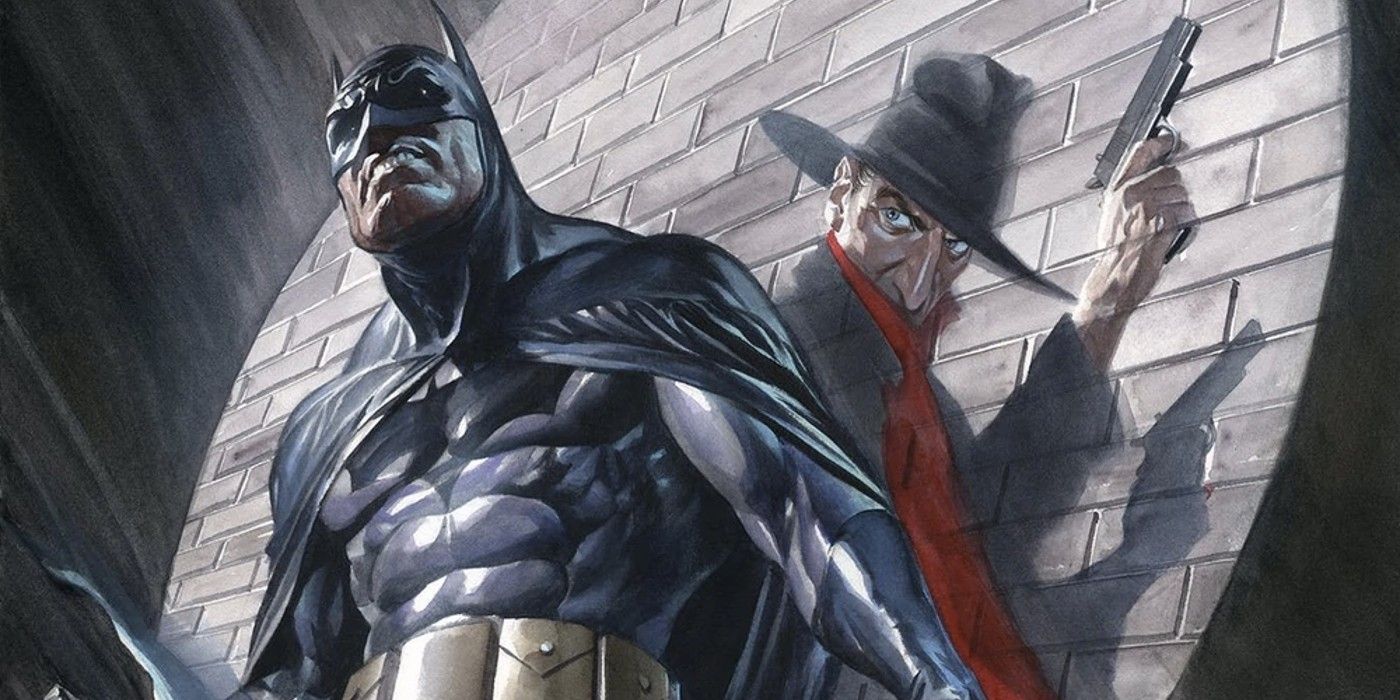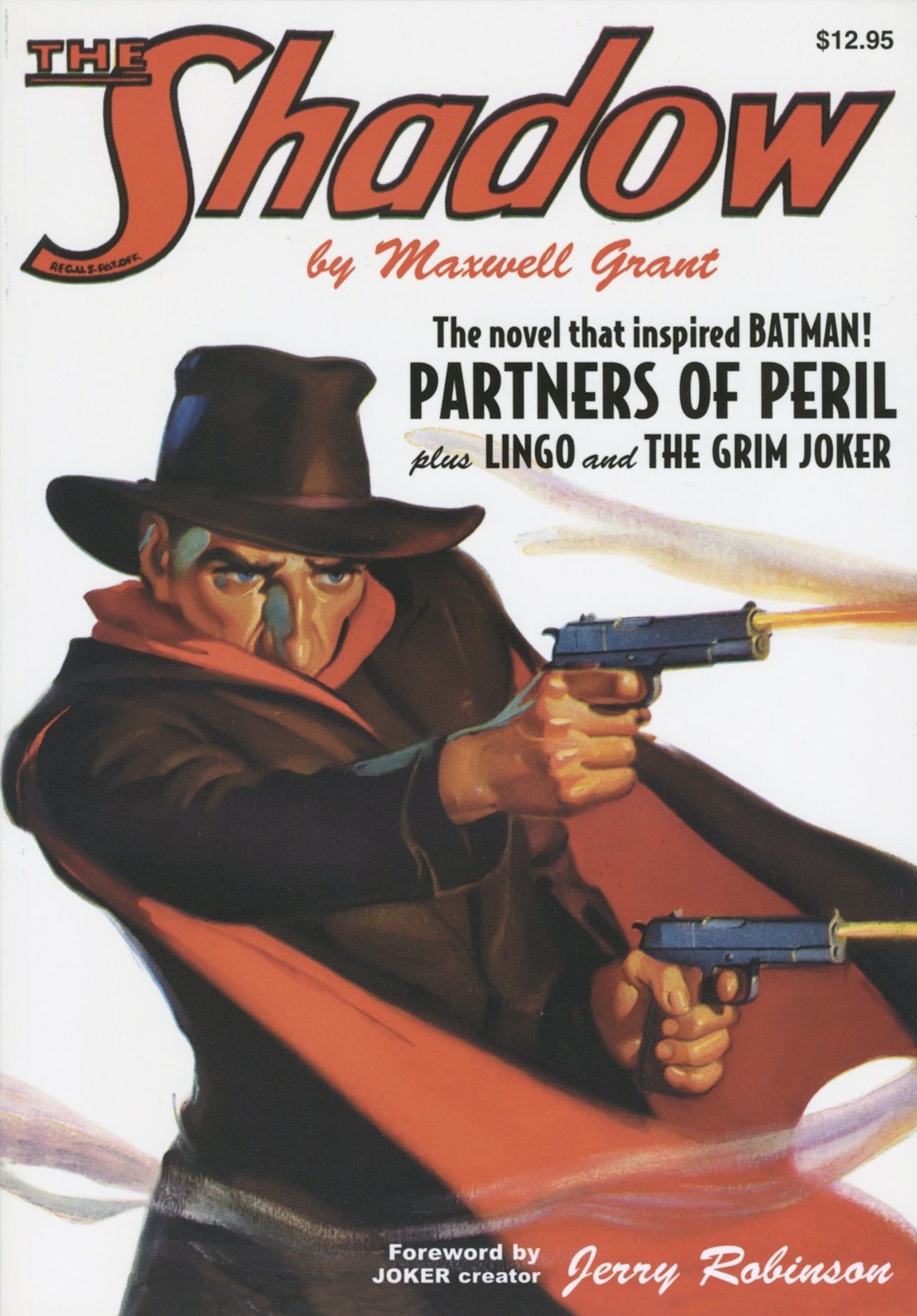If there is any truth to the popular Oscar Wilde quote “Imitation is the sincerest form of flattery,” then that must make Batman's first appearance one of the most famous compliments ever given. That's because the Dark Knight's creators Bob Kane and Bill Finger assembled Batman’s first appearance through various acts of blatant plagiarism.
During the Golden Age of Comics, writers and artists gathered much of their inspiration from the “pulps” of the 1930s. Pulps were cheap fiction magazines, comprised of mostly text with limited illustrations, nicknamed after the inexpensive wood pulp paper used in their printing process. Technically speaking, true originality is impossible because everything any creator experiences influences their work to some degree. In Bob Kane’s autobiography Batman and Me, he claims three sources of inspiration for the character of Batman: Leonardo da Vinci’s sketches of a bat-winged flying machine, the 1920 Western romance film The Mark of Zorro, and the 1930 mystery film The Bat Whispers. However, Batman’s co-creator Bill Finger admitted that Bob Kane neglected to mention the primary inspiration for Batman: The Shadow.
Walter B. Gibson, a writer and professional magician, originally created the Shadow as a mysterious radio show narrator. The Shadow transformed into a pulp fiction character based on popular demand from his audience. Listeners found the sinister announcer more compelling than the radio show itself. The Shadow created the foundation for the superhero archetype including stylized imagery, sidekicks, supervillains, and a secret identity. Bill Finger confessed that the first appearance of Batman in Detective Comics #27, written by Bill Finger and illustrated by Bob Kane, “was a take-off on a Shadow story” in Jim Steranko's History of Comics. In the biography Walter B. Gibson and The Shadow, Gibson makes the accusation that “Batman is just a clowned-up version of The Shadow.”
Will Murray, a popular culture historian, and Anthony Tollin, the series editor, identified the exact source of Batman’s first appearance and published their findings in Shadow #9, written by Maxwell Grant. The first Batman story, “The Case of the Chemical Syndicate”, was plagiarized from “Partners of Peril” in The Shadow #113, written by Theodore Tinsley and illustrated by Tom Lovell. The “Partners of Peril” story debuted several months earlier, mentions bats on seven different occasions, and is also a crime thriller focused on the investigation of chemical syndicate murders. Bill Finger compressed those 60 pages of text into six pages of comic panels resulting in “a bizarrely complex plot,” according to Grant Morrison in their book Supergods. At one point in the story, Batman directly mirrors the Shadow when he escapes from the exact same trap (a giant glass dome filled with poison gas) using the exact same methods (an ordinary handkerchief). Bob Kane even traced several of Tom Lovell’s interior illustrations to provide the artwork for the scene.
Ironically, a month after Detective Comics #27 was published, the Thrilling pulp chain copied the idea of Batman and created the “Black Bat” narrowly avoiding a lawsuit. According to an article “The Trouble with Bob,” published in the magazine issue Comic Book Creator #14, Bill Finger retaliated with yet another act of plagiarism. Finger insisted that “they stole our character, so we stole their glove,” which explains the sudden appearance of Batman’s famous finned gauntlets a few issues later. Clearly, even his most ardent fans would have to acknowledge that Batman isn’t the most “original” character in the DC Comics roster. Also, someone should probably edit the portion of Bob Kane’s comic-book shaped grave marker which claims that Batman was a result of “divine inspiration and a rich imagination.” Batman’s creators may have plagiarized his first appearance, but fortunately for all of us the character has evolved over the years into something entirely original.
Sources: History of Comics, Walter B. Gibson and The Shadow, Supergods, "The Trouble with Bob"


